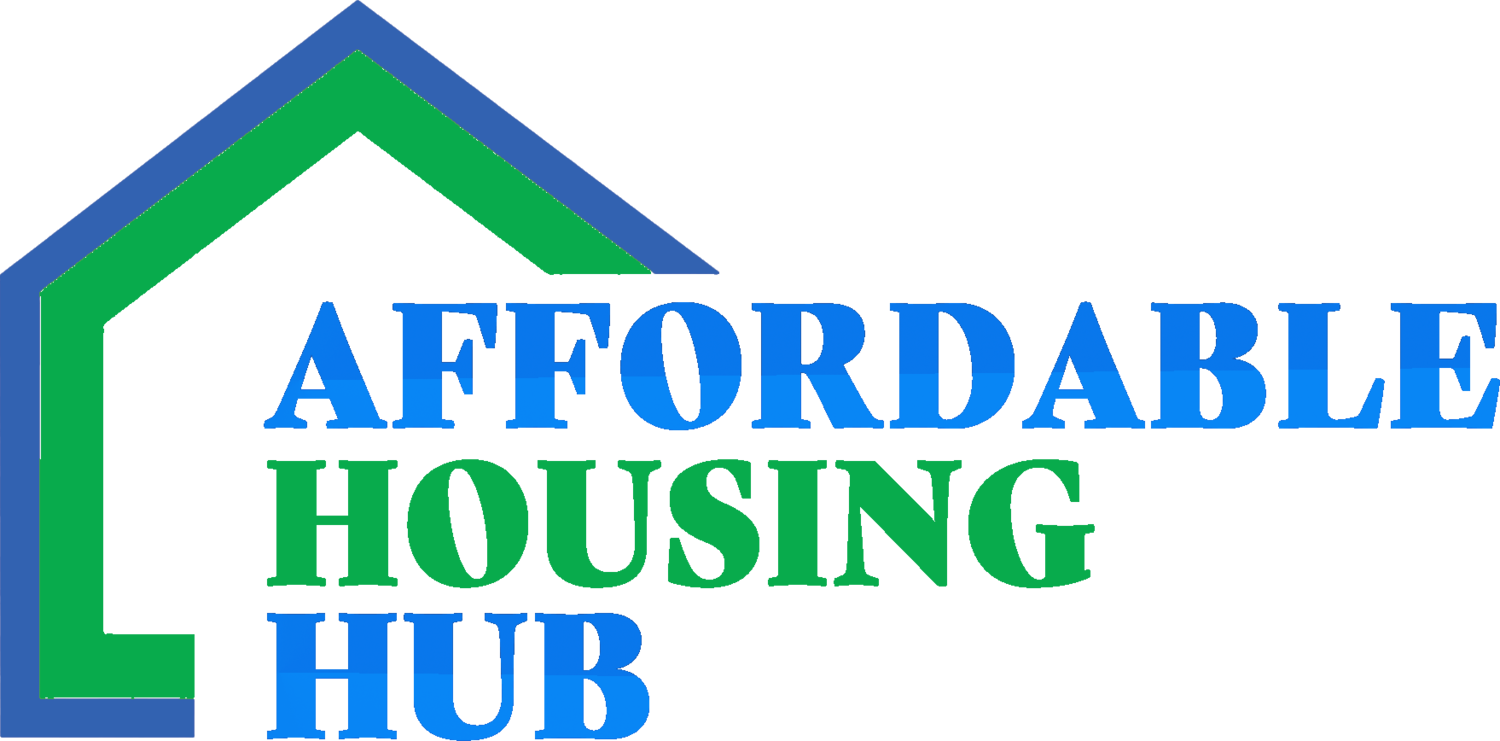Minnesota Section 8 Housing
/In Minnesota, affordable housing is critical for many residents, as a significant share of renters are considered cost-burdened, meaning they spend more than 30% of their income on rent. The Section 8 Housing Choice Voucher Program is a key resource for addressing this challenge, helping low-income families, seniors, and individuals with disabilities access safe and affordable housing.
Who Qualifies for Section 8 Housing in Minnesota?
To qualify for Section 8 housing in Minnesota, households must meet specific income limits and other eligibility criteria, including:
Be a U.S. citizen or have eligible immigration status.
Meet criminal background requirements set by the local housing authority, in accordance with HUD guidelines.
Satisfy rental history requirements established by the local housing authority, if applicable.
Resolve any outstanding balances owed to a previous housing authority or landlord, if required by the local program.
Meet the housing authority’s definition of “family.”
Meeting eligibility requirements does not guarantee assistance, as demand for affordable housing often exceeds supply. Many areas in Minnesota have long waiting lists, so applying as early as possible is essential.
If you’re considering applying for Section 8, check with your local housing authority for the latest income limits and application details.
What is the Maximum Amount of Rent That Section 8 Will Pay in Minnesota?
The Section 8 housing voucher program in Minnesota provides eligible households with a voucher that can be used to pay a portion of their rent to participating landlords. The voucher amount is based on the difference between the household's income and the "fair market rent" for the area in which they live.
The fair market rent is the amount that would be required to rent a privately owned, decent and safe dwelling in the market area. HUD calculates fair market rents annually for different types of housing units and by geographic location within each county in Minnesota.
The maximum amount of rent that Section 8 will pay in Minnesota depends on several factors, including the household size, income, and the fair market rent for the unit. Generally, the tenant pays approximately 30% of their income towards rent, and Section 8 pays the remaining amount, up to the established fair market rent for the area.
For example, if the fair market rent for a two-bedroom apartment in a given county is $1,500 per month and a household's income is $2,000 per month, the tenant would pay 30% of their income, or $600 per month, toward rent. Section 8 would pay the remaining $900 per month to the landlord.
The maximum amount of rent that Section 8 will pay may not cover all rental costs, such as utilities or additional amenities.
Income Limits for Section 8 Housing in Minnesota
To qualify for Section 8 housing in Minnesota, households must meet certain income limits based on their family size and the county in which they reside. These limits are adjusted annually and are determined by HUD based on the area median income.
The following table shows current income limits in Minnesota.
In general, households must have an income at or below 50% of the area median income to qualify for Section 8 housing, though limits are updated annually and may vary by housing authority. However, some housing authorities may have different income limits based on the local housing market conditions.
Fair Market Rents for Section 8 Housing in Minnesota
Fair market rents are an important factor in determining the maximum amount of rent that Section 8 will pay in Minnesota. The fair market rent is the amount that a household would typically pay for a privately owned, decent and safe dwelling in the market area. Fair market rents are established annually by HUD based on rental data collected from the previous year.
How Fair Market Rents are Determined:
Fair market rents in Minnesota are determined by HUD based on rental data collected from the previous year. The data includes rental rates for different types of housing units, such as apartments, townhouses, and single-family homes, and is collected from the private rental market.
The following table shows current Fair Market Rents in Minnesota.
How Do I Apply for Section 8 Housing in Minnesota?
The application process for Section 8 housing in Minnesota varies depending on the housing authority in the local area. In general, the process includes the following steps:
Contact the local housing authority to determine if the waiting list is open.
Complete an application form and provide the necessary documentation.
Attend an eligibility interview with the housing authority.
Wait for approval and placement on the waiting list.
Many housing authorities in Minnesota offer the option to apply for Section 8 housing online. This allows applicants to complete the application from the comfort of their own home and avoid waiting in line or filling out paper applications. Applicants should check with their local housing authority to see if online applications are available and how to access them.
Supporting Documentation Needed:
To apply for Section 8 housing in Minnesota, applicants typically need to provide the following documentation:
Proof of income for all household members
Social Security numbers for all household members
Photo identification for the head of household
Proof of citizenship or eligible immigration status
Proof of assets, such as bank statements or investments
Rental history and landlord information
Any other information requested by the local housing authority
It's important to note that each housing authority may have additional requirements or documentation needed for the application process. Applicants should check with their local housing authority for the specific requirements in their area.
Minnesota Housing Authorities
The Section 8 housing program in Minnesota is administered by various local housing authorities throughout the state. These housing authorities receive funding from HUD to administer the program and determine eligibility for participants.
Here is an overview of some of the housing authorities in Minnesota that administer the Section 8 housing program:
| Housing Authority | Contact Information | Visit Website |
|---|---|---|
| Minneapolis Public Housing Authority | 1001 Washington Ave N, Minneapolis, MN 55401 (612) 342-1400 |
Visit Website |
| St. Paul Public Housing Agency | 828 University Ave W, St. Paul, MN 55104 (651) 292-6100 |
Visit Website |
| Duluth Housing and Redevelopment Authority | 222 E 2nd St, Duluth, MN 55805 (218) 529-6300 |
Visit Website |
| Rochester Housing and Redevelopment Authority | 2117 Campus Dr SE #300, Rochester, MN 55904 (507) 282-7529 |
Visit Website |
| Metropolitan Council Housing and Redevelopment Authority | 390 Robert St N, St. Paul, MN 55101 (651) 602-1100 |
Visit Website |
Section 8 Housing Minnesota Waiting List
Due to high demand, many housing authorities in Minnesota maintain waiting lists for Section 8 vouchers, with some areas experiencing wait times of several months to several years. The length of the wait often depends on the specific location and the number of vouchers available. For example, larger cities like Minneapolis may have longer waiting lists due to higher demand, while smaller areas might have shorter wait times.
The following table shows recent waiting list information in Minnesota, though waiting list statuses change frequently and should be verified with each housing authority.
| Housing Authority | Waiting List Status |
|---|---|
| Minneapolis Public Housing Authority | OPEN |
| St. Paul Public Housing Agency | CLOSED |
| Duluth Housing and Redevelopment Authority | OPEN |
| Rochester Housing and Redevelopment Authority | CLOSED |
| Metropolitan Council Housing and Redevelopment Authority | CLOSED |
It's important to note that the availability of alternative housing options may vary depending on the area and demand for affordable housing.
How Long Does it Take to Get Approved for Section 8 in Minnesota?
The approval process for Section 8 housing in Minnesota involves several steps, including completing an application, providing required documentation, and attending an eligibility interview.
After an application is submitted, the housing authority reviews the application and determines eligibility based on income, household size, and other factors. If the application is approved, the household is placed on the waiting list. Once a voucher becomes available, the household is notified and can begin the process of searching for an eligible rental unit.
The processing time for Section 8 housing applications in Minnesota can vary depending on the local housing authority, the number of applications received, and the availability of vouchers. In some cases, the processing time can take several months or longer, particularly in high-demand areas. Applicants should contact their local housing authority for more information on the current processing time in their area.
Other Low-Income Housing Options in Minnesota
For those who do not qualify for or are unable to secure Section 8 housing in Minnesota, there are other low-income housing options available.
Public Housing: Government-owned housing with reduced rents.
Low-Income Housing Tax Credit (LIHTC) Properties: Affordable rental units managed by private developers.
Rental Assistance Programs: State-funded initiatives providing short-term housing support.
Each low-income housing option in Minnesota has different eligibility requirements, benefits, and limitations. For example, public housing may have a longer waiting list than LIHTC, but LIHTC units may have more amenities or newer construction. It's important to research and compare the available low-income housing options to determine which program best fits the individual or family's needs.
Applicants can contact their local housing authority or visit the MHFA website for more information on the low-income housing options available in their area.
Accessing Affordable Housing in Minnesota
Minnesota’s Section 8 program provides essential support for low-income residents seeking stable housing. By understanding eligibility, income limits, and application steps, households can better navigate their options. Contact your local housing authority or explore state resources to take the first step toward securing affordable housing.










